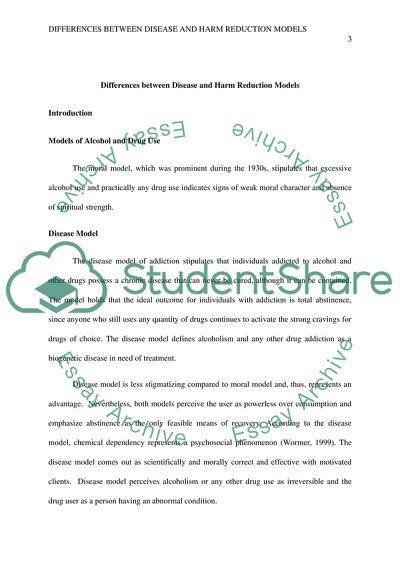Cite this document
(“Differences Between the Disease Model and the Harm Reduction Model Research Paper”, n.d.)
Differences Between the Disease Model and the Harm Reduction Model Research Paper. Retrieved from https://studentshare.org/health-sciences-medicine/1602657-differences-between-the-disease-model-and-the-harm-reduction-model
Differences Between the Disease Model and the Harm Reduction Model Research Paper. Retrieved from https://studentshare.org/health-sciences-medicine/1602657-differences-between-the-disease-model-and-the-harm-reduction-model
(Differences Between the Disease Model and the Harm Reduction Model Research Paper)
Differences Between the Disease Model and the Harm Reduction Model Research Paper. https://studentshare.org/health-sciences-medicine/1602657-differences-between-the-disease-model-and-the-harm-reduction-model.
Differences Between the Disease Model and the Harm Reduction Model Research Paper. https://studentshare.org/health-sciences-medicine/1602657-differences-between-the-disease-model-and-the-harm-reduction-model.
“Differences Between the Disease Model and the Harm Reduction Model Research Paper”, n.d. https://studentshare.org/health-sciences-medicine/1602657-differences-between-the-disease-model-and-the-harm-reduction-model.


